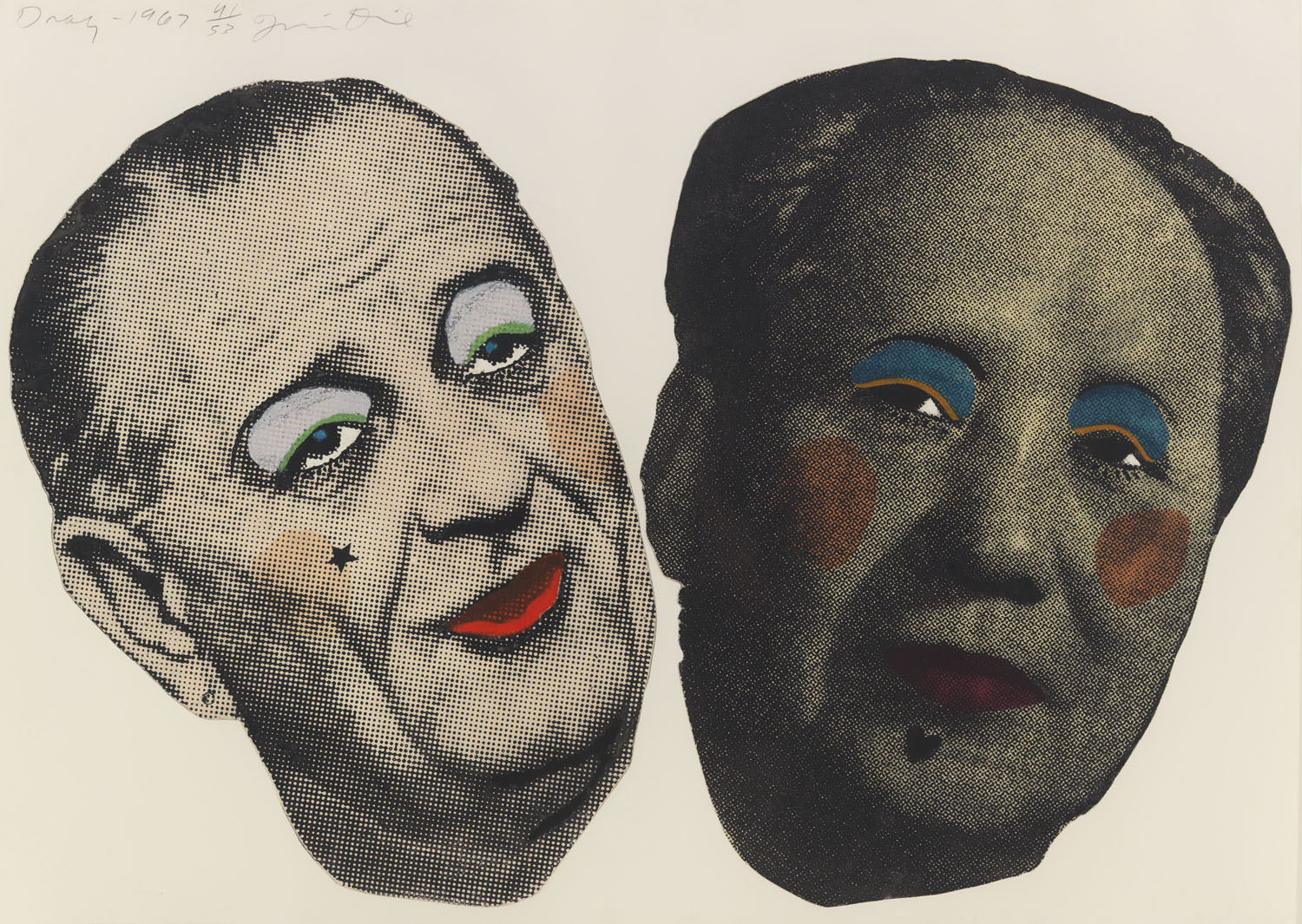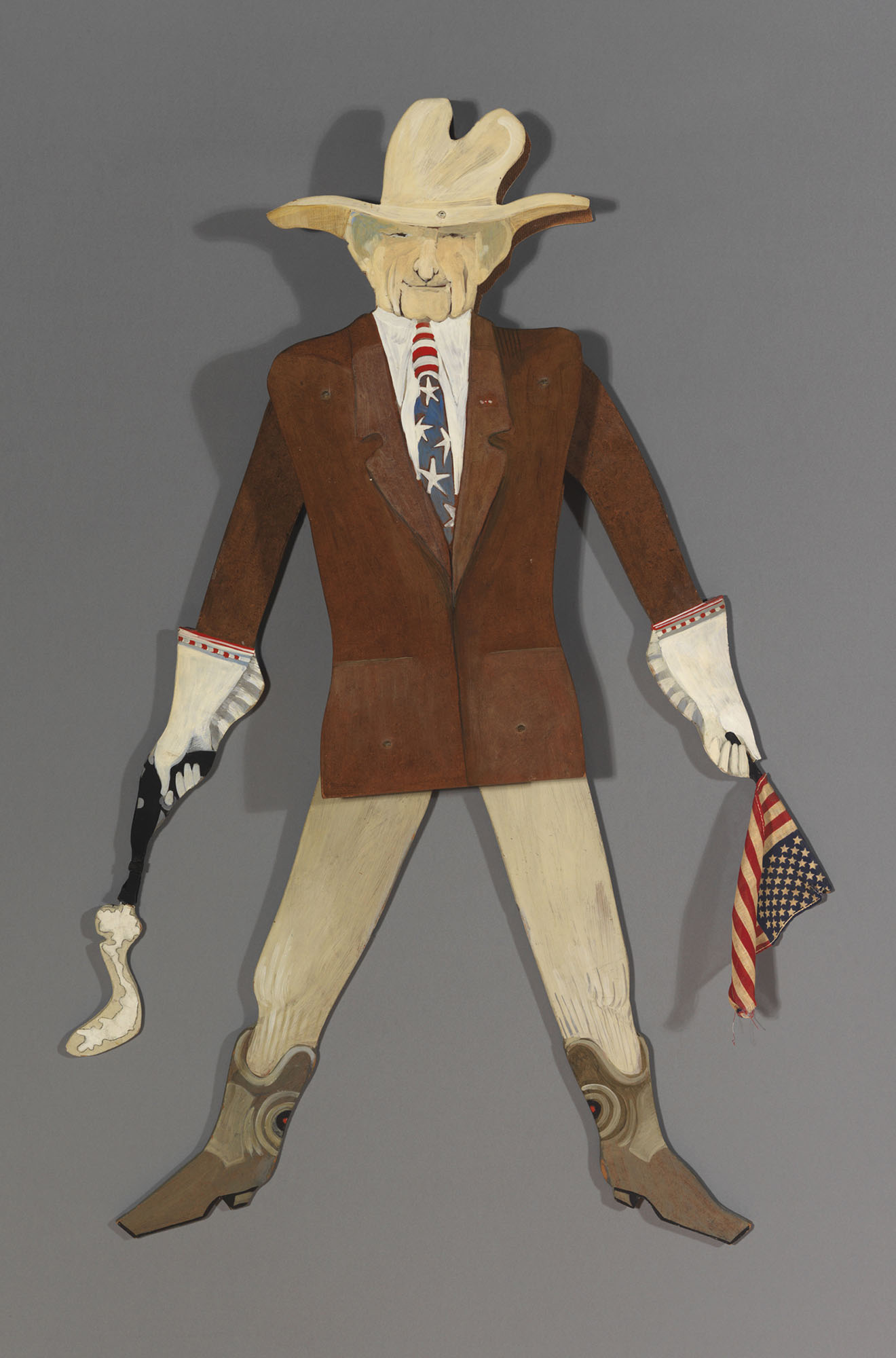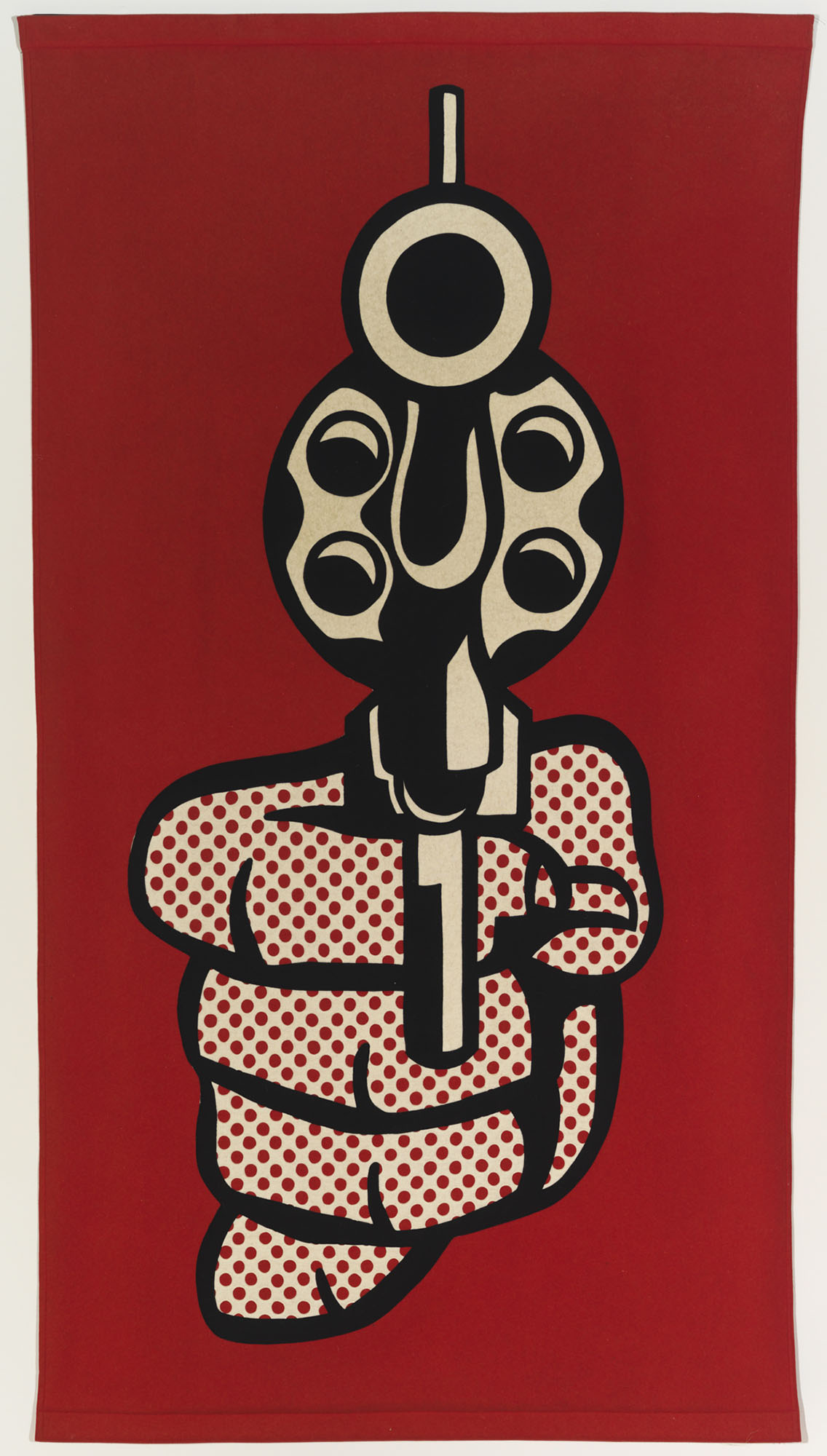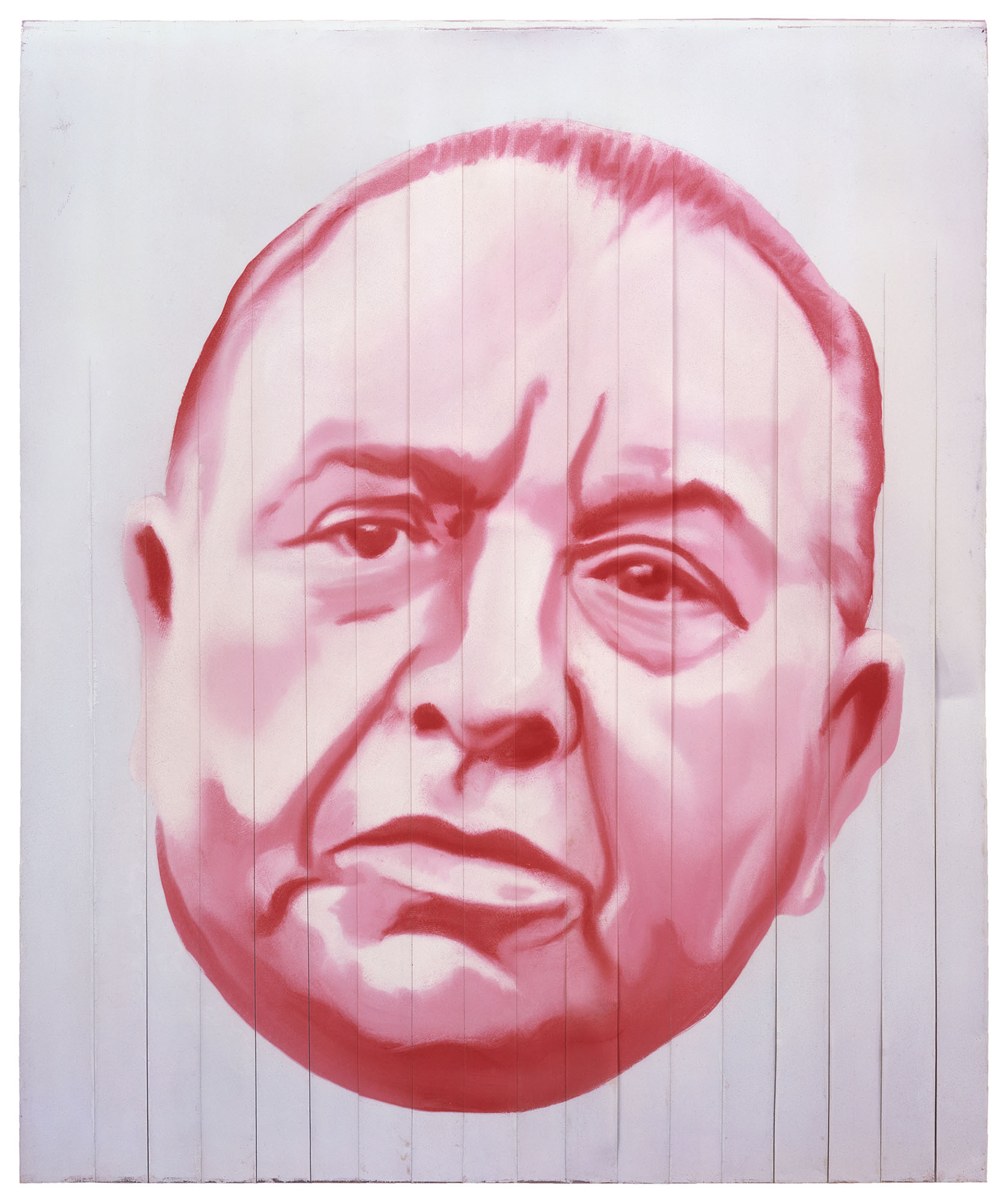September 18 – November 23, 2008

Jim Dine, Drag: Johnson and Mao, 1967. Photoetching. Collection of the New School, Art Collection, New York, NY. Photo by Tom Van Eynde

Ellen Lanyon, L.B.J. Doll, 1966. Wood, string, paint. Collection of Betsy Rosenfield. Photo by Tom Van Eynde

Roy Lichtenstein, Pistol, 1964. Felt. Stenn Family Collection, Chicago, Illinois. Photo by Tom Van Eynde
![Barnett Newman, Lace Curtain for Mayor Daley, 1968. Cor-ten steel, galvanized barbed wire, and enamel paint. Art Institute of Chicago, Gift of Annalee Newman. Photo courtesy of The Art Institute of Chicago]()
Barnett Newman, Lace Curtain for Mayor Daley, 1968. Cor-ten steel, galvanized barbed wire, and enamel paint. Art Institute of Chicago, Gift of Annalee Newman. Photo courtesy of The Art Institute of Chicago

James Rosenquist, Mayor Daley, 1968. Oil on aluminum panel and Mylar. Collection of the artist. Photo courtesy of Rosenquist studios
The 1968 Democratic National Convention in Chicago and its surrounding events generated violent clashes between police and protesters, galvanized the antiwar movement, and transformed the nation’s social and political landscape. What began as protests against the party nominating process and the Vietnam War soon became focused on the repressive tactics of the Chicago police and personified in the figure of Mayor Richard J. Daley. Shocked television audiences around the world saw a city in chaos, its government the antithesis of the democratic process and the violence in its streets a mirror of the aggression of American troops in Vietnam.
This exhibition focuses on artists, in Chicago and elsewhere, who were catalyzed by these events and responded by participating in a series of high-profile exhibitions held around the city, many around the time of the 1968 elections. Examining this charged history from the vantage point of forty years, it is nearly impossible to ignore the coincidence of another contentious presidential election and another unpopular war. The larger question, past and present, is how artists can participate effectively in political discourse while exhibiting social responsibility—a challenge as difficult to navigate today as it was in 1968.
The exhibition and accompanying programs are supported in part by a grant from The Terra Foundation for American Art.
An exhibition catalogue is available for purchase, which includes a foreword by Louise Lincoln, essay by guest curator Dr. Patricia Kelly, exhibition checklist, and over 65 color illustrations.